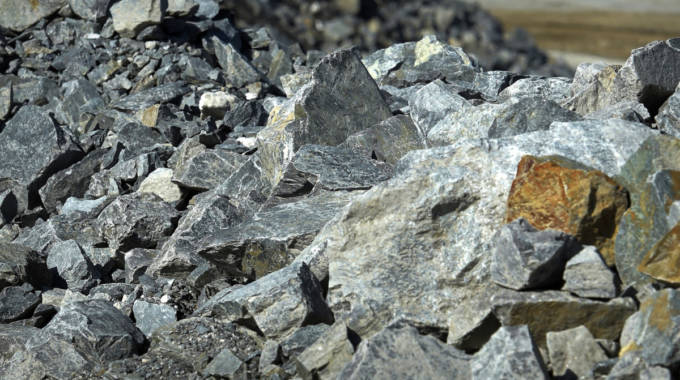
The Sunday Mail

Oliver Kazunga
Senior Business Reporter
CHINESE steel manufacturer Dinson Iron and Steel Company (DISCO) says it intends to locally produce lithium-ion batteries as Zimbabwe has all the raw materials required in the production process.
The company expects to produce two million tonnes of lithium concentrate per year to support the battery manufacturing plant.
The development is likely to create more jobs and unlock maximum value from the mineral. DISCO, which is currently constructing Africa’s largest integrated steel plant in Manhize near Mvuma to the tune of US$1,5 billion, is one of the three local subsidiaries of the world’s largest stainless steel producer Tsingshan Holdings.
DISCO project director Mr Wilfred Motsi said Zimbabwe is endowed with mineral resources such as nickel and graphite that are key in the production of lithium-ion batteries.
“As a company, we are gratified by the Government’s position to ban raw lithium exports; it is something that we have been waiting for and it also strategically positions us in our plans to go green and set up a lithium-ion battery manufacturing plant,” he said.
Last month, the Government banned exports of lithium ore and unpurified lithium salts unless the producer can prove special circumstances.
However, even after explaining the special circumstances, the exporter would have to pay the 15 percent export tax.
The ban is aimed at encouraging investment in local processing facilities.
“Zimbabwe is endowed with vast mineral resources, including graphite in the Karoi area, and nickel, which are critical raw materials in lithium-ion battery production,” he said.
“So, given our future plans for the battery manufacturing plant, the vast mineral endowment, coupled with the move by the Government to ban raw lithium exports, puts us on track to set up a viable project in Zimbabwe.
“We really commend the Government for banning raw lithium exports, even on chrome ore. We are one of the proponents of such a policy.”
Lithium-ion batteries are used in electric vehicles, electronic gadgets, toys, wireless headphones, hand-held power tools, small and large power appliances, as well as electrical energy storage systems.
Mr Motsi said although they are yet to identify the location of the manufacturing plant in Zimbabwe, significant headway had been made in conducting feasibility studies for the project.
“We have not yet gone to the stage of identifying the plant’s location and cost. We are still doing feasibility studies and significant headway has been made in that regard,” he said.
The lithium-ion battery plant is part of Tsingshan’s planned investments in Zimbabwe.
The Chinese conglomerate’s total investment in Zimbabwe stands at US$2 billion.
Its other local subsidiaries are Afrochine Smelting (Pvt) Limited, which intends to increase ferrochrome smelting capacity to 500 000 tonnes per annum from the existing 120 000 tonnes; and the Hwange-based Dinson Colliery, which is targeting to boost coke production to five million tonnes per annum from the current 350 000 tonnes.
Tsingshan’s local investments are expected to significantly contribute to Zimbabwe’s economic growth.
The country’s current economic blueprint, the National Development Strategy 1, provides the overarching framework in the country’s quest to achieve an upper middle-income economy by 2030.
Vision 2030 envisages achieving per capita gross national income of between US$4 256 and US$13 205 in real terms, and rising employment rates in both the formal and informal sectors, among other key variables.
Government also intends to progressively reduce poverty rates to levels consistent with upper middle-income economies.
Mining – which accounts for 73 percent of foreign direct investment, 83 percent of exports, 19 percent of Government revenues, 2 percent of formal employment and 11 percent of individual incomes – is one of the key sectors underpinning the local economic growth plan.



